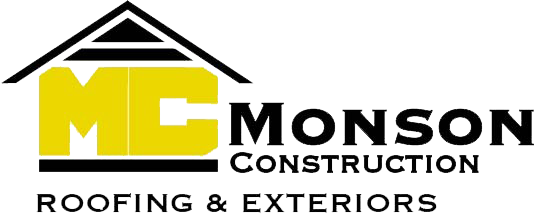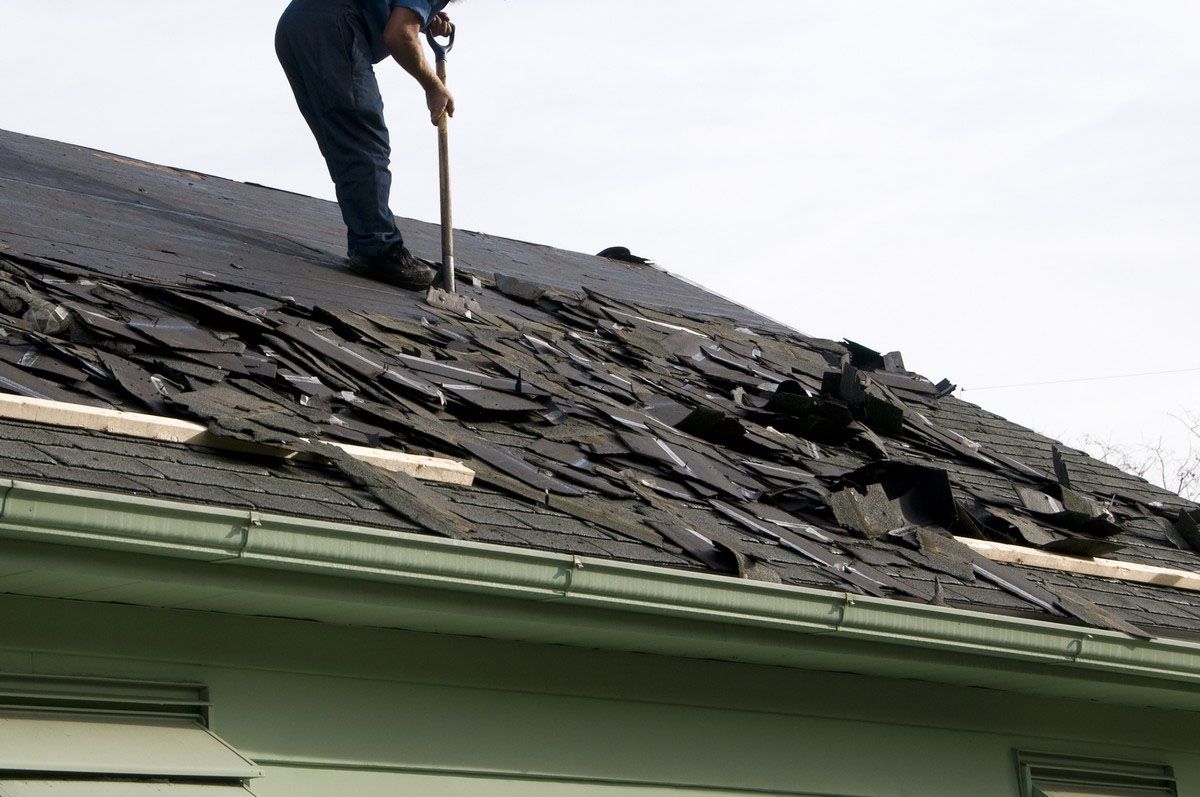Flat Roof Replacement: Common Problems and the Best Materials
Flat roofs are a popular architectural choice for many buildings due to their modern aesthetic and functional space usage. However, they come with their own set of challenges. This article explores common problems associated with flat roofs and discusses the best materials for replacement, ensuring durability and longevity.
Understanding Flat Roof Structures
Flat roofs are essentially horizontal roof designs that typically consist of a membrane, insulation, and a supportive structure. The membrane is often the primary waterproofing layer, made from materials like modified bitumen or rubber. Insulation is pivotal for maintaining energy efficiency and providing thermal comfort. The structure often comprises reinforced concrete or timber beams, offering necessary support. Despite the name, flat roofs are designed with a slight slope to facilitate water drainage.
Effective drainage is crucial in flat roof systems to prevent water accumulation, which can lead to severe structural issues. Proper drainage systems, like internal drains or scuppers, are installed to manage water runoff. Without these systems, water tends to pond, increasing the likelihood of leaks and damage. Additionally, drainage systems need regular maintenance to clear clogs and ensure efficient operation. Regular assessments help identify potential issues before they cause significant damage.
Flat roofs can be designed using different approaches, each offering unique benefits and limitations depending on the building's needs. Traditional methods include built-up roofing, which involves layers of tar and gravel. Modern alternatives like the TPO and EPDM membranes provide durable, cost-effective solutions. Design flexibility allows for adaptation to varying climates and building requirements. The choice of design often considers longevity and environmental impact.
Addressing Common Problems With Flat Roofs
Ponding water is one of the most significant issues associated with flat roofs, primarily caused by inadequate drainage. Water accumulation can result from improper slope or clogged drain systems, leading to structural stress. Over time, ponding can exacerbate the aging of roofing materials, increasing the likelihood of leaks. Addressing ponding requires evaluating the drainage system and cleaning out any obstructions regularly. Enhancing the roof slope or adding additional drains can also mitigate this issue.
Leaks are common in flat roofs, often resulting from membrane deterioration or improper sealing. Moisture infiltration can compromise insulation, causing thermal inefficiency and potential mold growth. Identifying leaks early is crucial to prevent structural damage and costly repairs. Routine inspections of the membrane and flashings help spot potential weaknesses. Homeowners are advised to seek professional assessments to determine the necessary repairs or replacements.
All roofing materials undergo natural degradation due to environmental exposure. UV radiation, temperature changes, and wind can accelerate the aging process of roofing materials. As a roof ages, the risk of leaks, membrane cracks, and other structural failures becomes more pronounced. Regular maintenance and timely
roof replacement are essential in mitigating degradation impacts. According to This Old House, over the past three years, nearly 31% of homeowners have pursued roof renovation, repair, or maintenance projects.
Assessing Damage and When to Replace
Thorough inspections are vital for assessing flat roof damage and determining the need for replacement. Homeowners and contractors can look for visible signs like membrane blisters, standing water, or flash deterioration. Advanced assessment techniques include moisture scans and infrared thermography to detect unseen damage. Regular inspections should be part of the maintenance routine, especially before and after severe weather events. Early detection of potential issues can prevent costly replacements or repairs.
The end-of-life phase for a flat roof is marked by recurrent leaks, extensive blistering, and noticeable sagging. Visible deterioration in roofing materials and increased maintenance frequency are also indicators. Roofs near or beyond their expected lifespan may no longer provide reliable protection against elements. Consulting with professional roofers can help assess whether extensive repairs or full replacement is needed. Timely replacement prevents structural damage and potential water damage to the building’s interior.
Deciding between repairing an existing roof and complete replacement involves cost-benefit considerations. Repairs may be less expensive immediate solutions, but might not address underlying structural issues. In contrast, replacement provides a more permanent solution but comes with higher upfront costs. Evaluating factors such as roof age, damage extent, and local climate can guide the decision. Investing in replacement can prove more cost-effective in the long run, avoiding continual repair costs.
Recognizing the Best Materials for Flat Roof Replacement
Modified bitumen is a popular flat roofing material known for its durability and flexibility. It consists of asphalt modified with rubber or plastic polymers, enhancing its waterproofing properties. Installation involves single or multiple plies, offering enhanced protection against leaks and environmental hazards. It is particularly suitable for buildings in regions experiencing temperature variations, due to its strong resistance to thermal movement. However, regular maintenance is necessary to preserve its longevity and performance.
EPDM rubber roofing is a cost-effective and energy-efficient option for flat roofs. This synthetic rubber membrane is renowned for its exceptional weather resistance and flexibility. EPDM's black membrane can help retain heat, beneficial in colder climates for reducing energy costs. The material's simple installation process further adds to its appeal to cost-conscious homeowners or builders. Typically, EPDM roofs require minimal maintenance, contributing to their long lifespan and reliability.
PVC roofing membranes offer excellent durability and are resistant to various environmental hazards, including fire and water. This single-ply membrane system is favored for its long life expectancy and low maintenance needs. Its reflective surface aids in reducing cooling costs during summer, making it an eco-friendly choice. While the initial cost may be higher, savings on energy bills and maintenance can offset this over time. Proper installation is critical to unlocking its full benefits, lasting decades with proper care.
Comparing Roofing Material Costs
Initial costs of roof installation vary significantly across materials, influenced by durability and technological innovation. TPO and EPDM offer cost-effective installation, appealing to budget-conscious owners. Conversely, high-quality materials like PVC and green roofs come with higher upfront investment due to complex installation and material costs. These initial costs should be weighed against potential energy savings and longevity benefits. Consulting with professionals can provide a clearer cost overview and budget alignment.
Long-term maintenance expenses are crucial in choosing roofing materials, impacting overall cost-effectiveness. Modified bitumen and EPDM membranes require regular inspection and minor repairs, influencing maintenance budgets. PVC and TPO membranes offer low maintenance needs, often requiring minimal repairs and upkeep. Implementing comprehensive maintenance plans and timely repairs can curtail future costs and prolong roof life. Over time, the low-maintenance nature of some materials offsets their higher initial investments.
The durability and lifespan of roofing materials determine the total cost of ownership over time. High-durability materials like modified bitumen and PVC generally promise longer lifespans, providing lasting benefits. EPDM and TPO, while less expensive initially, also offer satisfactory longevity when properly installed and maintained. Routine inspections and timely repairs can further extend the lifecycle of all roofing systems. Understanding the correlation between durability and cost helps in making informed decisions.
Replacing a flat roof is a significant investment that requires careful consideration of the problems unique to flat roofs and the best materials available. By understanding common issues, assessing the need for replacement, and choosing the right materials, building owners can ensure their flat roof remains functional and efficient for years to come. Employing best practices in installation and maintenance will further enhance the roof's longevity and performance. For professional roof replacement you can count on, contact Monson Construction Roofing & Exteriors today.



Share On: